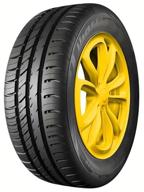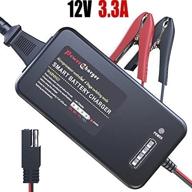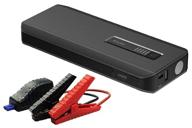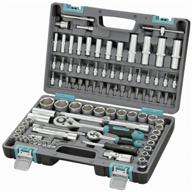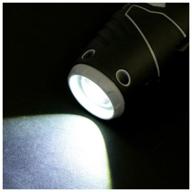- The functionality for the charger is normal - everything works, but as a power supply it “sucks”: it’s difficult to use when setting up radio equipment for a car: there are no separate terminals, impulse noise, mom don’t cry . unless you turn on the autocompressor in the garage, vacuum cleaner or check the light bulb. Conclusion: you can use it, but CAREFULLY, CONSIDERING THE FOLLOWING FAULTS!
- It looks flimsy - immediately sacrificed the guarantee and dismantled it. the manufacturer did not lay out the diagram, but after reading the reviews he decided to check the reliability himself: there is no surge protector, which is mandatory for an impulse switch, there is no mains switch (when using dancing with tambourines), thin wires for 20 A, "flimsy" crocodiles, the power cord is not very short, it’s also unreliable, and it’s not even fixed inside, only on soldering, you pulled it a little harder to tear it out, however, the output wires are not fixed, only on soldering, they will fall off over time, it’s like giving a drink. It could have been more impressive, for example, take a standard one from a computer with its own socket on the case and a switch, output for screws and solder. The capacitor in the primary rectifier is 100 uF x350 V to no avail: the capacitance is small (it will dry out over time), it will only withstand voltage up to 240 V in the network, but it can be much more in the network (for example, 260 V, and this is max- 366B) . explodes, as it happens with many. And what? Before switching on, measure the mains voltage ? Eliminating all this is not difficult, but apparently no one needs it. You'll have to "finish" yourself.
- Large current, can be used as a power supply, lightweight, digital display
- There is no on / off button, flimsy crocodiles
- Greetings to all. I was very pleased with the speed of delivery, the equipment is as stated, convenient setup, compact size.
- There are small ones.
- Large current and power range
- There are no wires. The setting is inconvenient. Overheating at currents greater than 11 amperes. Soldering disgusting
- The idea is good: stabilization of both voltage and current, digital display, short circuit protection. Can be used as a laboratory power supply
- Implementation of the apparatus, unreliability. Few details: Bad wires, no on/off button, ie. according to the instructions, you need to distort the plug in the socket when setting the parameters. Display of current parameters: the display should show the current current and voltage, additional parameters such as how much the load consumed Ah - by the additional key, because you either need to wait a long time until the device itself shows these parameters, or they pop up at an unnecessary moment. Well, and reliability: in terms of parameters, I needed the Vympel-55 model more, but legends are already composing about its unreliability. I thought the 57th model, in view of its simplicity, will work like a clock. An no. A couple of months later, such a glitch appeared: I set the required voltage, as soon as the display of the settings mode ends, the device starts to output the maximum voltage. Dismantled. The variable adjustment resistor is not to blame, if you slightly press down on the additional payment with resistors, it starts to work as expected. As a result, I had to unsolder everything, solder both boards and solder the additional one back. It works now. But it is not a fact that at an unexpected moment the maximum voltage will not be applied to the output.
- A wide range of voltage and current settings, the ability to set the parameters you need, not large dimensions of the device, noiselessness during charging
- Lack of protection against moisture, but this is not critical if you do not put a mug of beer on the device and do not charge the battery outside in the rain
- Compact, lightweight, meets almost all my needs








